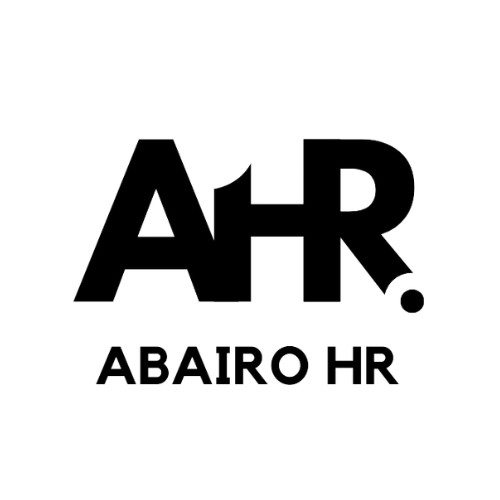Remote Hiring: Best Practices for Screening and Interviewing
With the rise of remote work, businesses are increasingly looking to hire talent outside their geographic location.
Remote hiring can be challenging, especially when it comes to screening and interviewing candidates. This post will cover the best practices for screening and interviewing candidates in a remote environment to ensure you hire the best fit for your organization.
Use Video Interviews Effectively
Video interviews have become the standard in remote hiring. They help replicate the in-person interview experience while allowing you to screen candidates from anywhere in the world.
Best Practices: Ensure your interview process includes at least one video interview. Use tools like Zoom, Microsoft Teams, or Google Meet to facilitate clear communication and gauge non-verbal cues, such as body language and facial expressions.
Quick Tip: Before the interview, provide clear instructions on how to use the video platform, including a test run to ensure there are no technical issues.
Assess Technical Skills with Practical Tests
In a remote environment, technical skills often need to be assessed using real-world tests. This can help you ensure that candidates have the capabilities needed to succeed in the role.
How to Do It: Use tools like Codility for coding assessments or have candidates complete practical tasks that align with the job they’re applying for. This is especially crucial for roles in software development, marketing, and customer support.
Stat: 73% of employers say skills assessments are critical for hiring the right candidate remotely.
Evaluate Soft Skills Remotely
Soft skills, like communication and collaboration, are just as important as technical skills in a remote setting. You need to assess how candidates will fit within your team, even if they won’t be in the office.
How to Do It: Ask behavioral questions during interviews to assess how candidates respond to challenges, work with others remotely, and manage their time independently.
Example Question: “Tell us about a time when you had to work with a team in different time zones. How did you ensure effective communication?”
Be Transparent About Remote Work Expectations
Candidates need to understand your organization’s remote work culture and expectations. Transparency ensures that both parties are aligned on work hours, communication tools, and deliverables.
How to Do It: Discuss your remote work policies upfront, including the flexibility you offer, preferred work hours, and how you manage collaboration and meetings remotely.
Remote hiring can be just as effective as in-person recruitment when done right. By using video interviews, assessing technical and soft skills, and being transparent about remote work expectations, you can build a successful remote team that drives your organization forward.
“Interested in improving your remote hiring process? Contact us to get started”.
Let’s Start Something new
Say Hello!
Let’s get the ball rolling! Just fill out the details below, and one of our HR experts will get back to you faster than you can think of an HR question.
